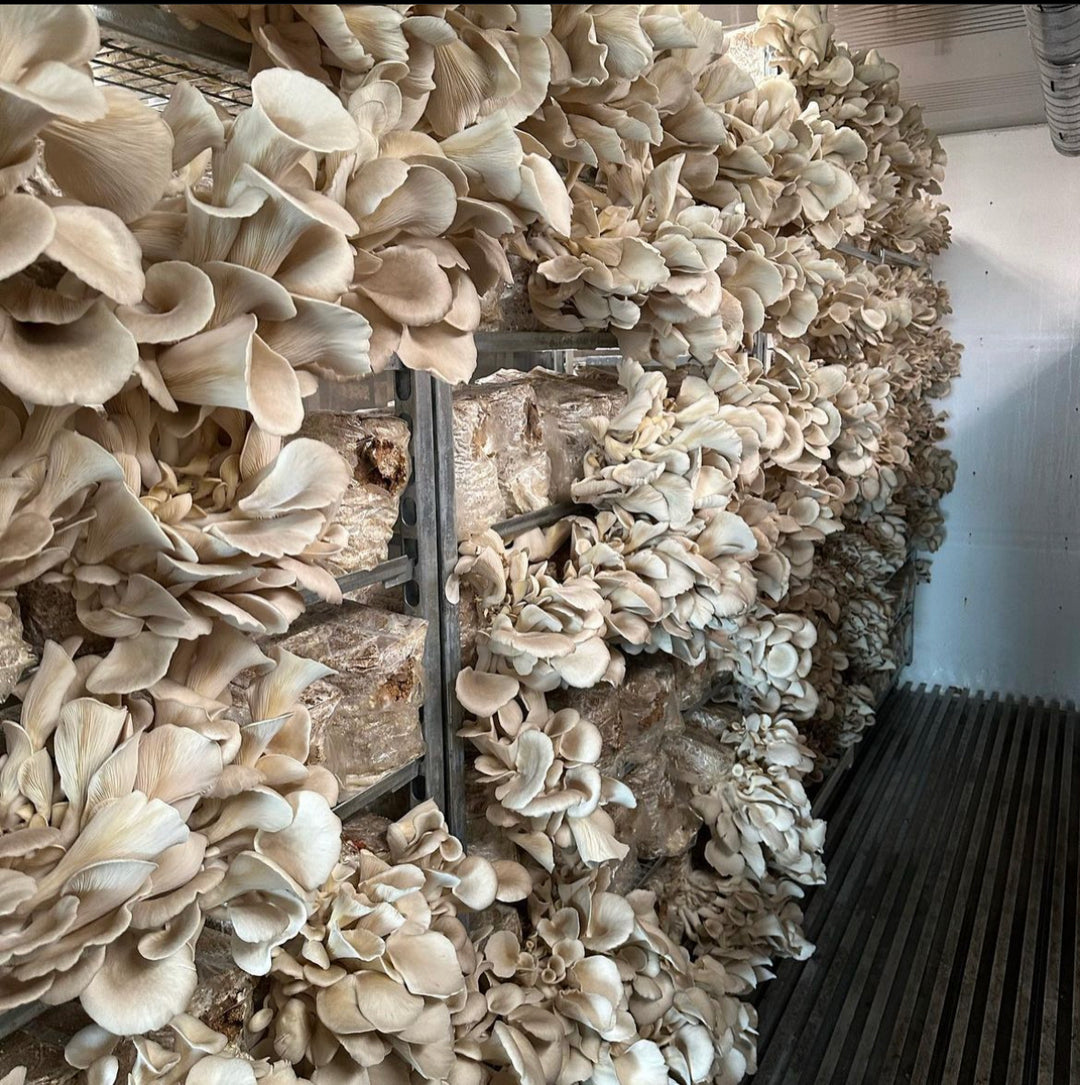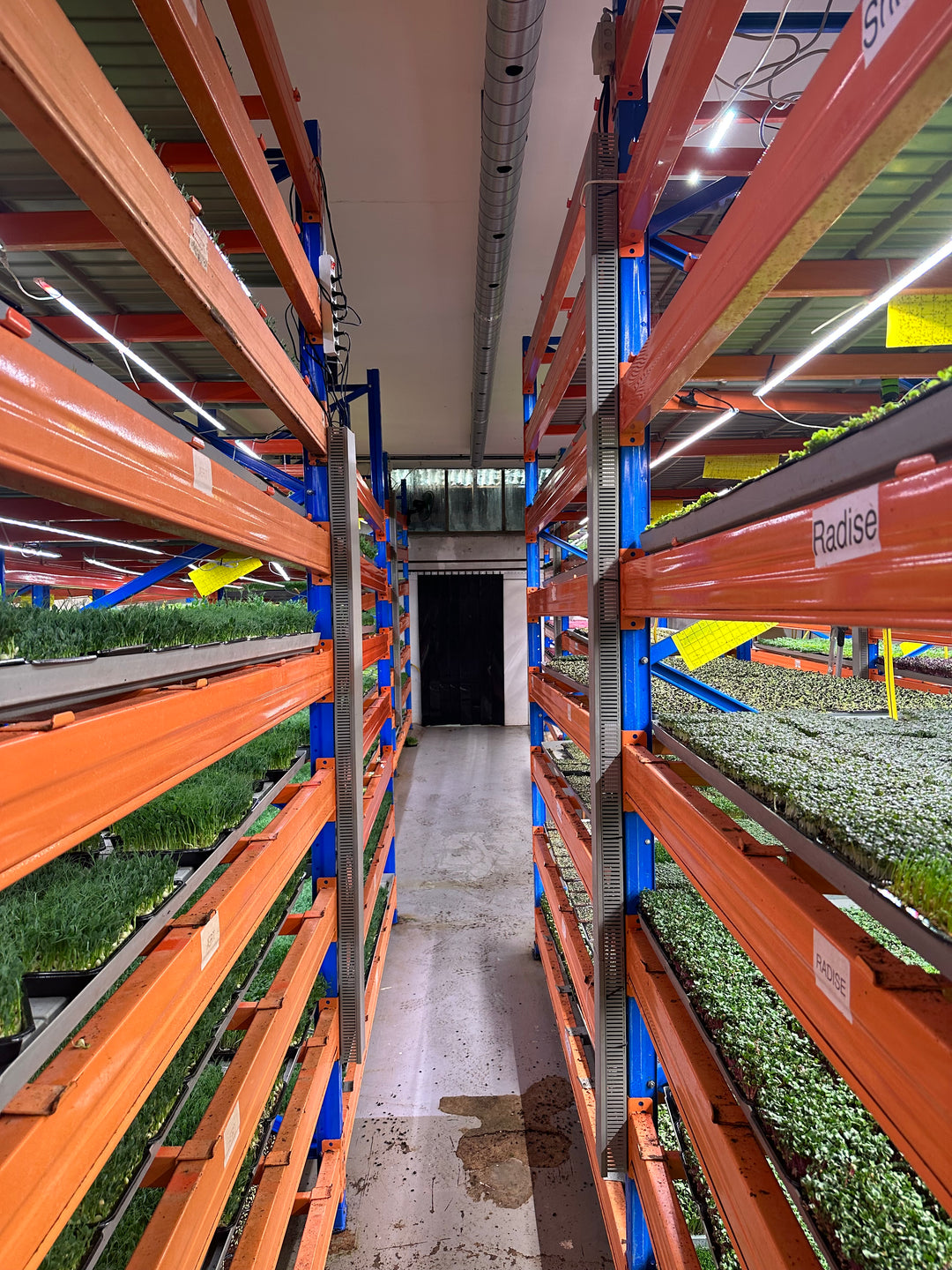From Hunter-Gatherer to High-Tech Harvest: The Epic History and Evolution of Farming

The story of humanity is inextricably linked to the story of agriculture. For hundreds of
thousands of years, our ancestors roamed the earth as hunter-gatherers, living at the mercy of nature's bounty. The monumental shift from this nomadic existence to settled agrarian societies, a transformation known as the Neolithic Revolution, marked the beginning of farming as we know it and set the stage for all subsequent human civilization.
The Dawn of Cultivation: The Neolithic Revolution (c. 10,000 BCE)
Around 12,000 years ago, at the close of the last Ice Age, a profound change began to
unfold independently in various parts of the world. In regions like the Fertile Crescent
(stretching from the eastern Mediterranean to the Persian Gulf), East Asia, Mesoamerica,
and parts of Africa, humans started to experiment with cultivating wild plants and
domesticating animals. Instead of merely collecting what nature offered, early farmers began to observe, select, and intentionally grow crops like emmer wheat, einkorn wheat, barley, peas, lentils, and flax. Simultaneously, animals such as sheep, goats, pigs, and later cattle, were brought under human control. This transition wasn't an overnight event but a gradual process. Initially, farming might have served as an "insurance policy" during lean hunting seasons, but its benefits quickly became clear: a more stable and predictable food supply.
The consequences were monumental:
● Permanent Settlements: No longer needing to follow migrating herds or seasonal
foraging, humans began to establish fixed settlements, leading to the formation of
villages, towns, and eventually, cities.
● Population Growth: A more abundant and reliable food source allowed for greater
population density and growth.
● Specialization of Labor: With not everyone needing to focus on food acquisition,
individuals could specialize in other crafts, leading to the development of artisans,
leaders, and more complex social structures.
● Rise of Civilization: The foundations of what we call civilization – organized
societies, governing bodies, art, and complex technologies – were laid by the surplus
and stability agriculture provided.
Early Innovations and the Growth of Empires (c. 4000 BCE - 500 CE)
As agriculture spread, so did the ingenuity applied to it.
● Irrigation Systems: In river valleys like the Nile in Egypt and the Tigris and
Euphrates in Mesopotamia, advanced irrigation systems, including canals and even
underground channels (qanats), were developed to manage water flow and ensure
consistent hydration for crops.
● Improved Tools: The Bronze Age (c. 3000 BCE) saw the emergence of stronger
metal tools, making tilling more efficient. The moldboard plow, which could turn over
soil, was a significant advancement, improving soil aeration and nutrient distribution.
● Crop Rotation: Early forms of crop rotation emerged, where different crops were
planted in succession to maintain soil fertility. This was a crucial step in
understanding the land's long-term health.
● Domestication Expansion: More diverse crops and animals were domesticated
across the globe, from potatoes in the Andes to rice in China and sorghum in Africa,
each adapted to local conditions.
Ancient civilizations like the Romans further refined agricultural practices with sophisticated irrigation, crop rotation, and the use of animal-drawn plows. Texts like Cato the Elder's "De Agri Cultura" codified farming knowledge for centuries.
The Medieval Period and Beyond (c. 500 CE - 1700s)
The Middle Ages in Europe saw the evolution of systems like the three-field system, where
a third of the land was left fallow each year to recover fertility, improving upon earlier
two-field systems. This period also saw the Columbian Exchange, initiated in 1492, which
globally redistributed crops like maize, potatoes, and tomatoes to Europe, Africa, and Asia,
and brought wheat, rice, and sugarcane to the Americas, profoundly impacting diets and
farming practices worldwide.
The Agricultural Revolutions: Industrialization and Intensification
The most dramatic transformations in farming came with a series of "Agricultural
Revolutions":
1. British Agricultural Revolution (17th-19th centuries): Preceding and fueling the
Industrial Revolution, this period saw unprecedented increases in agricultural
productivity in Great Britain. Key innovations included:
○ Norfolk Four-Course Rotation: This advanced system eliminated fallow
periods by rotating crops like turnips and clover (legumes that replenish
nitrogen) with cereals, vastly improving soil fertility and livestock feed.
○ Enclosure Movement: The fencing off of common lands allowed individual
landowners to implement new, more efficient farming techniques.
○ Selective Breeding: Pioneered by figures like Robert Bakewell, this involved
intentionally breeding animals with desirable traits, leading to larger and more
productive livestock.
○ New Tools: Inventions like Jethro Tull's seed drill (c. 1701) planted seeds at
optimal depth and spacing, while the threshing machine (c. 1786)
mechanized grain separation, drastically reducing labor.
2. The Green Revolution (Mid-20th Century): This pivotal period, starting in the
1940s, was characterized by the widespread adoption of high-yielding crop varieties
(especially wheat and rice), synthetic fertilizers, pesticides, and improved irrigation
methods, particularly in developing countries. Led by scientists like Norman Borlaug,
it dramatically increased global food production, averting widespread famine in many regions. However, it also brought concerns about environmental impacts from
chemical use and reliance on monocultures.
Modern Agriculture: Technology and Sustainability
The 20th and 21st centuries have ushered in an era of precision agriculture and
biotechnology.
● Mechanization: The widespread adoption of gasoline-powered tractors and
specialized machinery (harvesters, sprayers) further industrialized farming, allowing
for cultivation of vast areas with less labor.
● Genetic Engineering: Biotechnology has enabled the creation of genetically
modified organisms (GMOs) that are resistant to pests, tolerate herbicides, or have
enhanced nutritional profiles, though their use remains a subject of debate.
● Digital Agriculture: The integration of GPS, drones, sensors, and data analytics
allows farmers to monitor soil health, crop growth, and apply inputs with
unprecedented precision, optimizing yields and minimizing waste.
● Sustainable Agriculture: A growing movement focuses on environmentally friendly
and socially responsible practices, including organic farming, agroecology, cover
cropping, and integrated pest management, aiming to reduce chemical reliance and
restore soil health.
The Horizon: Indoor Farming and Beyond
Looking ahead, agriculture continues its rapid evolution:
● Vertical Farming: Growing crops in stacked layers indoors, often using hydroponics
or aeroponics, offers solutions for urban food security, reduced water use, and
climate resilience, as discussed earlier.
● Robotics and AI: Autonomous tractors, robotic harvesters, and AI-powered systems
for disease detection and yield prediction are becoming increasingly common.
● Agroforestry: Integrating trees and shrubs into agricultural landscapes for ecological
and economic benefits.
● Cellular Agriculture: Producing meat, dairy, and other animal products directly from
cell cultures, potentially reducing the environmental impact of traditional livestock
farming.
From the first scattered seeds planted by early humans to the sophisticated, data-driven
indoor farms of today, the history of agriculture is a testament to human ingenuity and our enduring quest to feed ourselves and build civilizations. The challenges of a growing global population and a changing climate ensure that this evolution is far from over, with new innovations continuously shaping the future of food.


